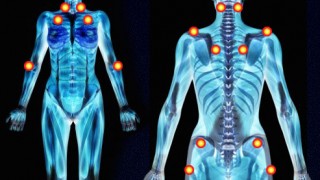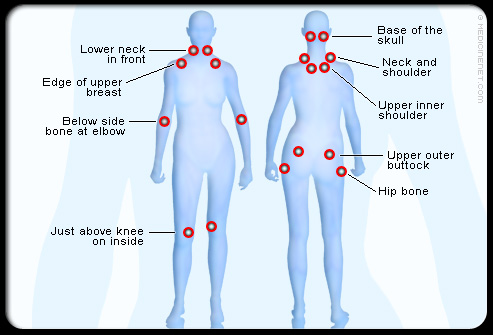
Fibromyalgia patients have been found to have reduced connectivity in the areas of the brain that regulate pain. A recent peer-reviewed study was published in the journal Brain Connectivity, Medical News Today reports, that found women suffering from fibromyalgia may not be able to manage pain signals as effectively as those who do not have the disorder. The link between reduced brain connectivity and the condition is not causal, and researchers are not certain if fibromyalgia leads to the brain issue or if the brain issue could contribute to the condition.
The study joins a growing body of research that supports physical, measurable links to the disease. Previously, doctors have believed that fibromyalgia was a psychological, rather than physical, complaint. Now, new research continues to emerge that shows physical links to the condition. The disease can be measured in brain scans and other areas of the body. Recent research has also found that women with fibromyalgia have a drastic increase in a certain type of nerve fiber within the skin of their palms. Other studies have shown that poor quality sleep contributes a great deal to increased fibromyalgia pain.
As more physical links get revealed and researcher are able to measure the inner body processes of fibromyalgia patients, doctors move closer to new treatments for the devastating condition. Fibromyalgia is a chronic disorder that causes widespread pain throughout the body, deep in joints and muscles. People with the disease often suffer from poor sleep and a reduced quality of life. These physical issues can, in turn, lead to anxiety and depression, but fibromyalgia is not a psychiatric disorder. The pain is real, and it is physical.
Thus far, scientists have been unable to determine an exact cause of the disease. Theories that have been posited include: unknown viruses, peripheral nerve disorders, brain connectivity problems and other various unidentified pathologies. So far, it seems that the area of research with the greatest number of studies behind it points to the condition being a peripheral nerve disorder. In fact, there are a significant number of studies supporting this hypothesis, reports the Pain Research Forum.
The most current study enrolled 38 women, 16 of whom have the disorder. The women received MRI scans as pain was inflicted on them by squeezing their thumbs. They then rated their pain level as doctors examined the MRI scans showing the pain perception areas in the brain. The women with fibromyalgia showed significantly reduced activity between the pain processing areas and the areas that control sensorimotor activity, as well as other brain regions. This could explain why women who have the condition feel pain much more intensely than those who are healthy.
Now that a new study has shown that fibromyalgia patients have reduced brain connectivity, researchers in this field can further explore the role of brain synapses in pain management. This could possibly lead to better drugs to control pain perception in the brain itself. As each study reaches completion, those who suffer from this physical disorder take one step closer to a cure.
















